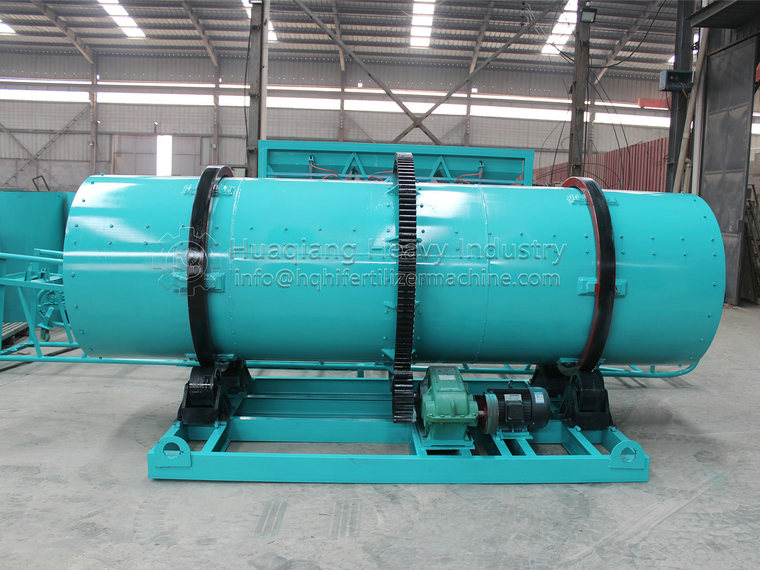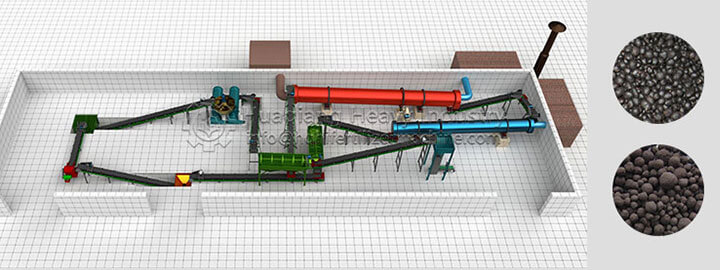With the continuous increase of the population in our country, the demand for meat is also increasing, and there are more and more farms of all sizes. While meeting people’s meat needs, a large amount of livestock and poultry manure is also produced. Reasonable treatment of manure can not only effectively solve environmental pollution problems, but also turn waste into treasure, generating considerable profits, and forming a standardized agricultural ecosystem. So what exactly is the better way to handle it? Of course, it is to convert animal manure into organic fertilizer.
1. Raw material preparation: Select high-quality raw materials and preprocess them.
2. Ingredients mixing: Mix the preprocessed raw materials evenly in a certain proportion.
3. Granulation molding: Feed the mixed material into an organic fertilizer granulator, and shape it into regular granular materials through pressure and friction.
4. Drying and solidification: Put the prepared granular material into an organic fertilizer dryer for drying, so that its moisture content meets the requirements and it solidifies into shape.
5. Screening and packaging: Screening and packaging of solidified granular materials.
The equipment required for the organic fertilizer production line includes: tank fermentation turner, horizontal mixing mixer, semi wet material crusher, new organic fertilizer granulator, rotary dryer, rotary cooling machine, drum screening machine, automatic packaging machine, etc.
.jpg)

.jpg)

.jpg)



.jpg)